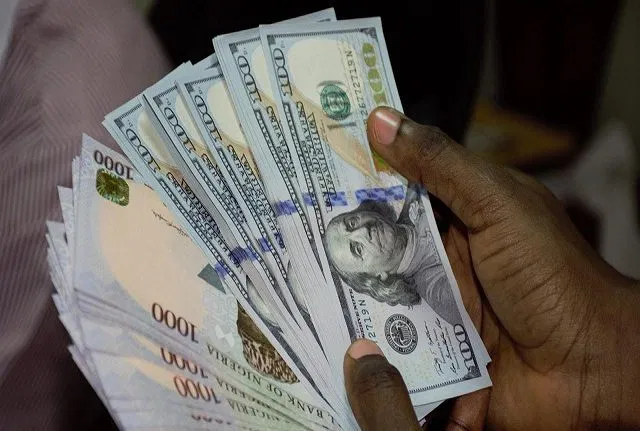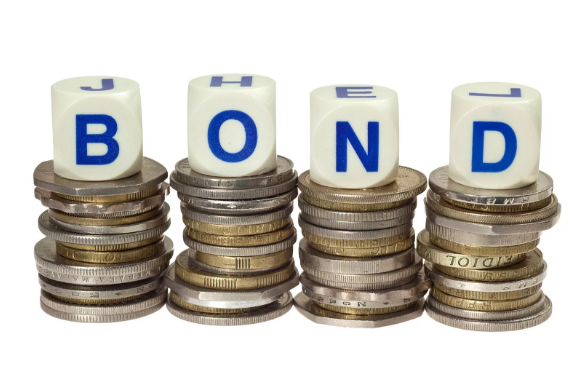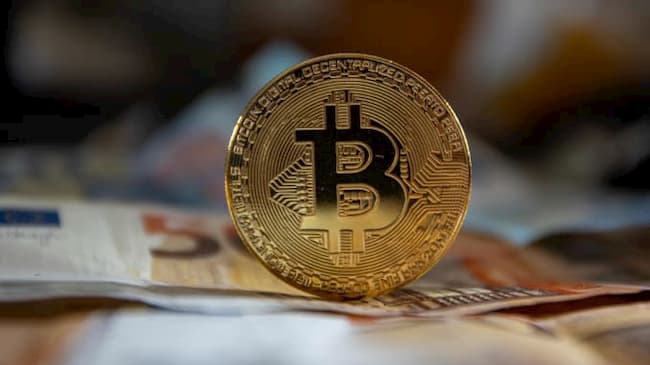Forex turnover at the Investor and Exporters (I&E) window on Wednesday, June 24, 2020, stayed relatively flat when compared to the day before. This is according to data from the FMDQOTC, an exchange where forex is traded by foreign investors and exporters.
Forex turnover rose slightly from $90.09 million on Tuesday, June 23, 2020, to $90.88 million on Wednesday, June 24, 2020, representing a marginal increase of 0.88%, day on day. The I&E window has now recorded over $180 million in trades in two days, the first time in weeks.
Whilst this perhaps indicate an improvement in forex liquidity, the uncertainty of the market remains, particularly due to liquidity shortages across markets. Liquidity remains quite tight in the foreign exchange market, with the average turnover in the I&E market significantly down to about $45.5 million in the month of May compared to $297.5 million that was recorded in January.
Several reports tracked by Nairametrics indicate that the accumulated demand for forex in the market could be between $1.5 and $5 billion as supply shortages persist. Forex shortages have persisted since the crash in oil prices coincided with the global lockdown due to COVID-19. The rise in demand and contrasting drop in supply has called for another round of devaluation, which the CBN has insisted it has plans to implement. A devaluation last occurred in March.
Speculators have thus patronized the parallel market, otherwise known as the black market, thereby widening the gap between it and the I&E window. The CBN maintains that the perceived demand cannot be substantiated as the lockdown induced by the COVID-19 pandemic suggest demand should be low due to travel restrictions and drop-in economic activities.
In related news, the exchange rate on the I&E window further depreciated marginally on Wednesday, closing at N387.17 to a dollar, compared to the N386.63 to a dollar that was reported on Tuesday, June 23, representing a 54 kobo drop. The opening indicative rate was N386.33 to a dollar for Wednesday. This represents a drop of 33 kobo when compared to the N386 opening rate recorded on Tuesday.
At the black market where forex is traded unofficially, the naira recovered from the previous day’s drop, appreciating by N5 to close at N455 to a dollar on Wednesday, as against the N460 to a dollar on Tuesday. The rate at the start of the week was N455 to a dollar.
Nairametrics had reported that the liquidity crisis that is being experienced in the foreign exchange market is going to persist until the CBN clears the backlogs of forex demands for foreign investors by selling to them in an orderly manner.
The President of Association of Bureau De Change Operators (ABCON), Aminu Gwadebe, in an interview, explained that low remittances from International Money Transfer Service Operators (IMTSO), the shutdown of the BDC sub-sector window, the shutdown of airports, cancellation of autonomous transactions from the banks to the BDCs, and low oil prices are some other reasons why there is liquidity crisis especially at the retail end of the forex market.
Source: Nairametrics
















